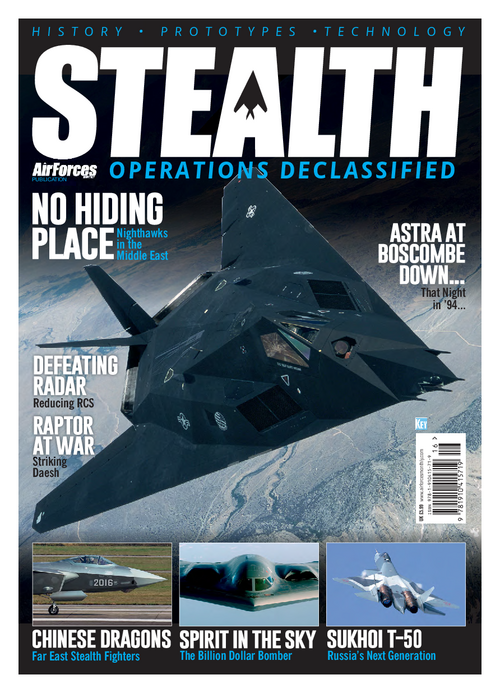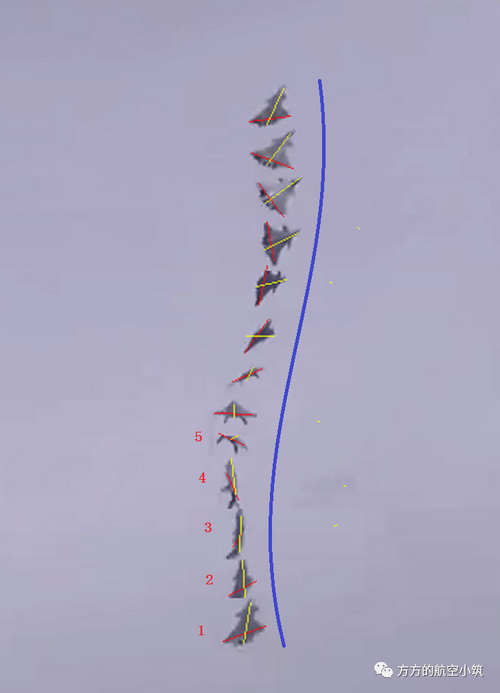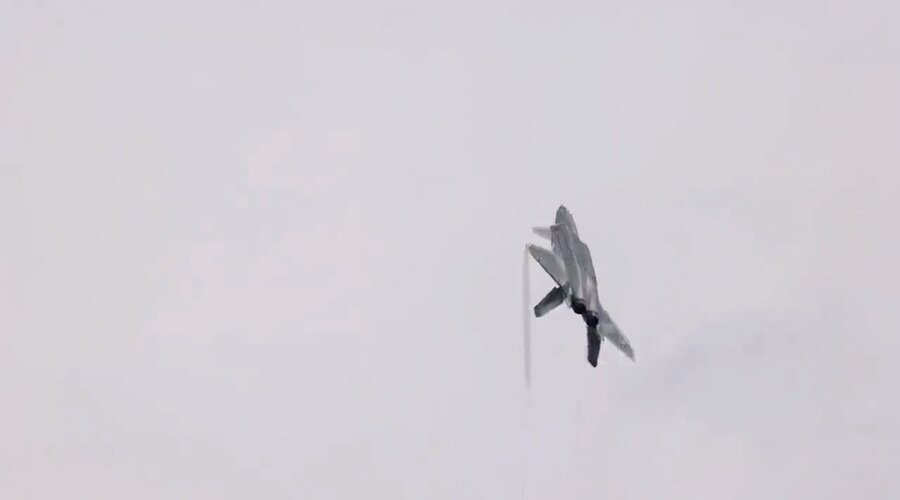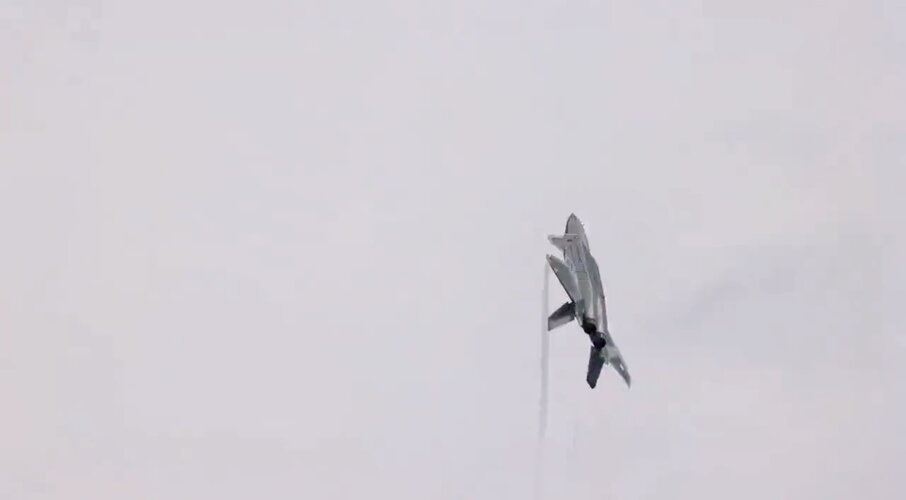- Joined
- 27 December 2005
- Messages
- 16,456
- Reaction score
- 19,163
Given how Kamov were commissioned to do preliminary design studies for the Z-10, it's not beyond the realms of possibility Mikoyan did something similar. I've not seen any evidence though.





